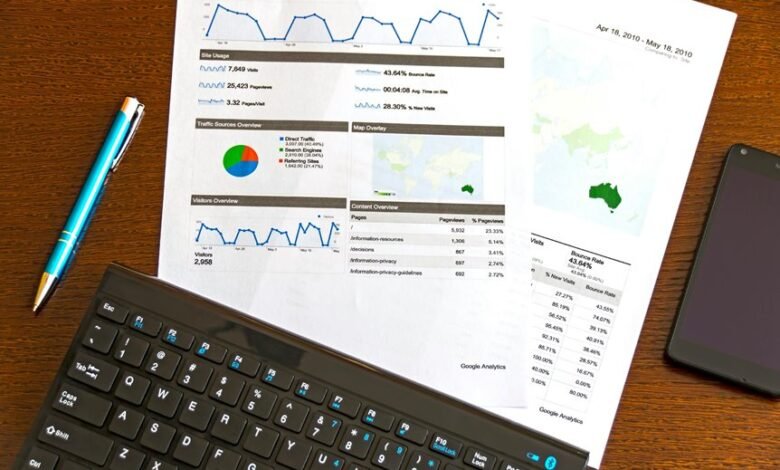Executive Overview Dashboard: 8559220783, 8559313588, 8559422422, 8559586233, 8559977348, 8563352166

The Executive Overview Dashboard offers organizations a strategic vantage point for analyzing performance metrics. Its design incorporates advanced visualization techniques, allowing for the exploration of trends and anomalies. This tool not only enhances decision-making but also promotes transparency and collaboration among stakeholders. However, the true potential of the dashboard hinges on effective implementation and ongoing enhancements, prompting a closer examination of its key features and benefits. What factors contribute to its successful integration within an organization?
Key Features of the Executive Overview Dashboard
The Executive Overview Dashboard serves as a pivotal tool for decision-makers, providing a comprehensive snapshot of organizational performance.
Key features include advanced data visualization techniques that transform complex performance metrics into easily digestible formats.
Interactive elements allow users to explore data dynamically, fostering a deeper understanding of trends and anomalies.
This clarity empowers leaders to make informed decisions, enhancing both efficiency and organizational agility.
Benefits of Using the Dashboard for Decision-Making
Utilizing the Executive Overview Dashboard significantly enhances decision-making processes within organizations.
This tool leverages data visualization to present complex information clearly, allowing stakeholders to grasp performance metrics swiftly.
By transforming raw data into actionable insights, the dashboard empowers leaders to make informed choices, fostering a culture of transparency and agility.
Consequently, organizations can respond effectively to dynamic market conditions and drive strategic initiatives.
How to Implement and Utilize the Dashboard Effectively
Implementing the Executive Overview Dashboard requires a strategic approach to ensure its effectiveness in organizational decision-making.
Utilizing dashboard navigation tips enhances user experience, enabling stakeholders to access critical insights swiftly.
Additionally, employing effective data visualization techniques transforms complex data into comprehensible visuals, fostering informed decisions.
Conclusion
In conclusion, the Executive Overview Dashboard stands as a transformative tool for organizations, enhancing decision-making through data-driven insights. However, its true potential is unlocked only when integrated with regular updates and user training. This raises an intriguing question: can the effectiveness of such dashboards be maximized through cross-departmental collaboration? Exploring this theory could reveal deeper synergies, ultimately leading to a more cohesive and agile organizational response to market dynamics.




